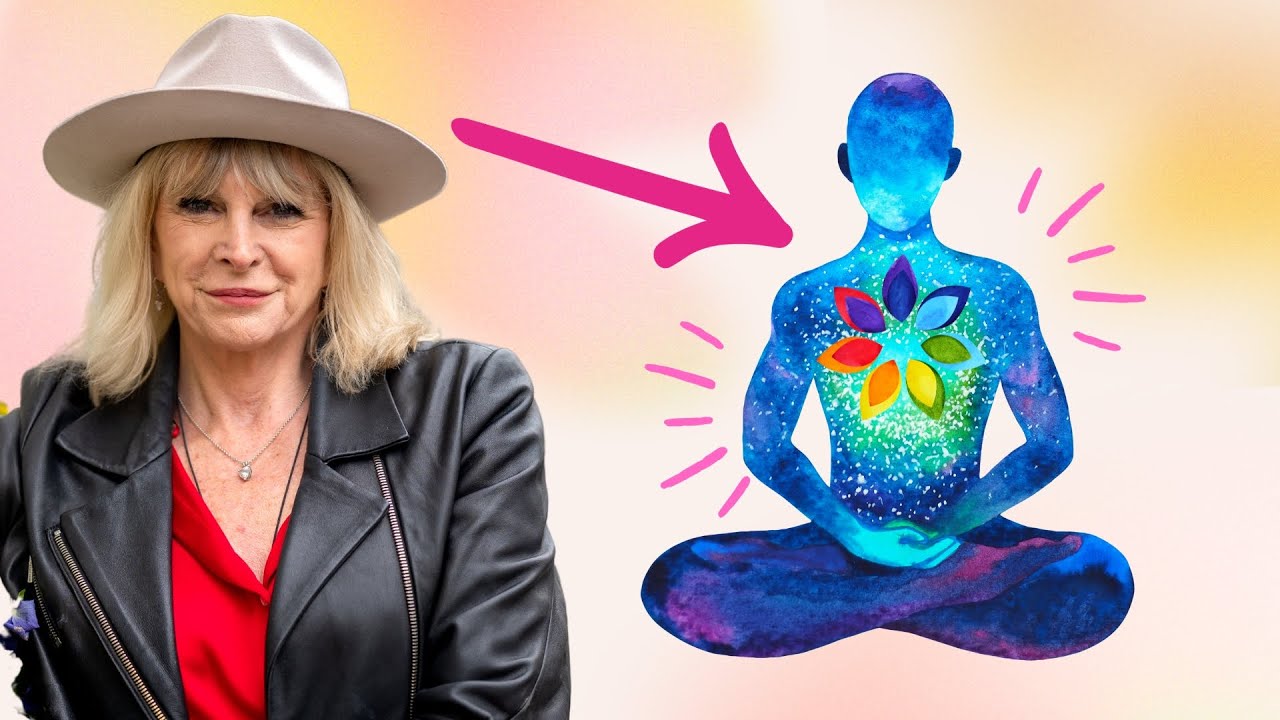Science for kids | BROKEN BONES- Unluckiest Kid | Experiments for kids | Operation Ouch
Summary
TLDRThe video script highlights the body's remarkable ability to heal itself, especially when it comes to bone fractures. It explains that when you break a bone, it's set in plaster to maintain its position while the body's own cells, including osteoblasts, work to repair the damage. Blood from the fracture forms a temporary callus, which is later replaced by new bone, illustrating the intricate process of self-mending. The script humorously ends with a caution to watch out for squirrels, implying that accidents can happen unexpectedly.
Takeaways
- 🤕 When you get injured, your body has a remarkable ability to heal itself.
- 👦 The script humorously mentions a boy who frequently has accidents, implying that accidents can lead to injuries.
- 💡 The term 'fracture' is used to describe a broken bone, which is a common injury.
- 🏥 A fractured bone is often treated with a plaster cast to immobilize and protect the injury while it heals.
- 🩸 Blood from a broken bone contains special components necessary for the healing process, including collagen and cartilage fibers.
- 🌉 The healing process begins with the formation of a temporary 'callus' that acts as a bridge to hold the bone fragments together.
- 🕒 The callus typically remains in place for about three weeks to support the healing bone.
- 🔬 Osteoblasts, specialized cells, are involved in the healing process, producing bone material that acts like cement.
- 🛠️ Over time, the osteoblasts' work results in the repair of the bone, making it strong and functional again.
- 🏋️♂️ Once the healing is complete, the cast is removed, and the individual is as good as new, ready to resume normal activities.
- 🐿️ The script ends with a playful warning to watch out for squirrels, possibly as a metaphor for being cautious to avoid future accidents.
Q & A
What is the body's natural response to an injury such as a broken bone?
-The body is adept at mending itself, especially when it comes to fractures. It uses blood and special building blocks like collagen and cartilage to initiate the healing process.
What is the medical term for a broken arm?
-A broken arm is medically referred to as a 'fracture'.
How is a fractured bone initially treated to ensure it stays in place?
-A fractured bone is typically put in plaster or a cast to immobilize it and keep it in the correct position during the healing process.
What special building blocks are mentioned in the script as part of the healing process for a broken bone?
-The script mentions collagen and cartilage as the special building blocks that play a crucial role in the healing of a broken bone.
What is the term used for the temporary structure that forms during the healing of a fracture?
-A temporary bridge that forms during the healing process is called a 'callus'.
How long does the callus typically stay in place during the healing process?
-The callus stays in place for about three weeks to support the bone while it heals.
What is the name of the cells that are responsible for the actual bone repair after a fracture?
-The cells responsible for bone repair are called 'osteoblasts'.
What function do osteoblasts perform in the healing of a bone?
-Osteoblasts are specialized cells that produce tiny bits of bone, functioning much like cement to repair the fracture.
After how many weeks can a person typically expect to have their cast removed after a bone fracture?
-A person can typically expect to have their cast removed after a few weeks, once the osteoblasts have repaired the bone.
What humorous element is included in the script to make the information more relatable?
-The script humorously includes a boy who should be wary of squirrels, suggesting that accidents, like getting injured by a squirrel, are a common occurrence for him.
What is the final outcome for someone who has healed from a bone fracture as described in the script?
-After the healing process, the individual is described as being 'as good as new,' indicating a full recovery from the fracture.
Outlines

This section is available to paid users only. Please upgrade to access this part.
Upgrade NowMindmap

This section is available to paid users only. Please upgrade to access this part.
Upgrade NowKeywords

This section is available to paid users only. Please upgrade to access this part.
Upgrade NowHighlights

This section is available to paid users only. Please upgrade to access this part.
Upgrade NowTranscripts

This section is available to paid users only. Please upgrade to access this part.
Upgrade NowBrowse More Related Video
5.0 / 5 (0 votes)





